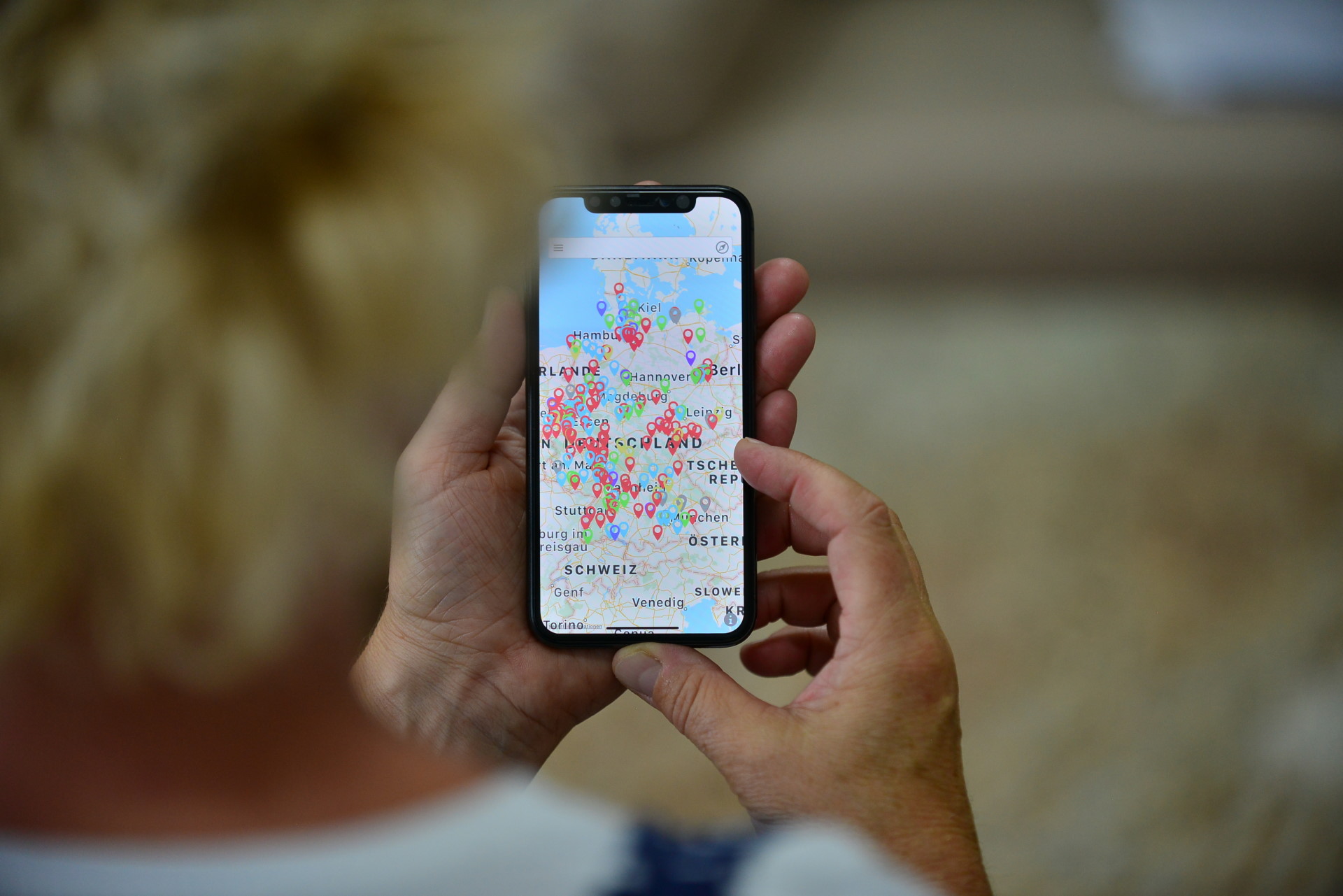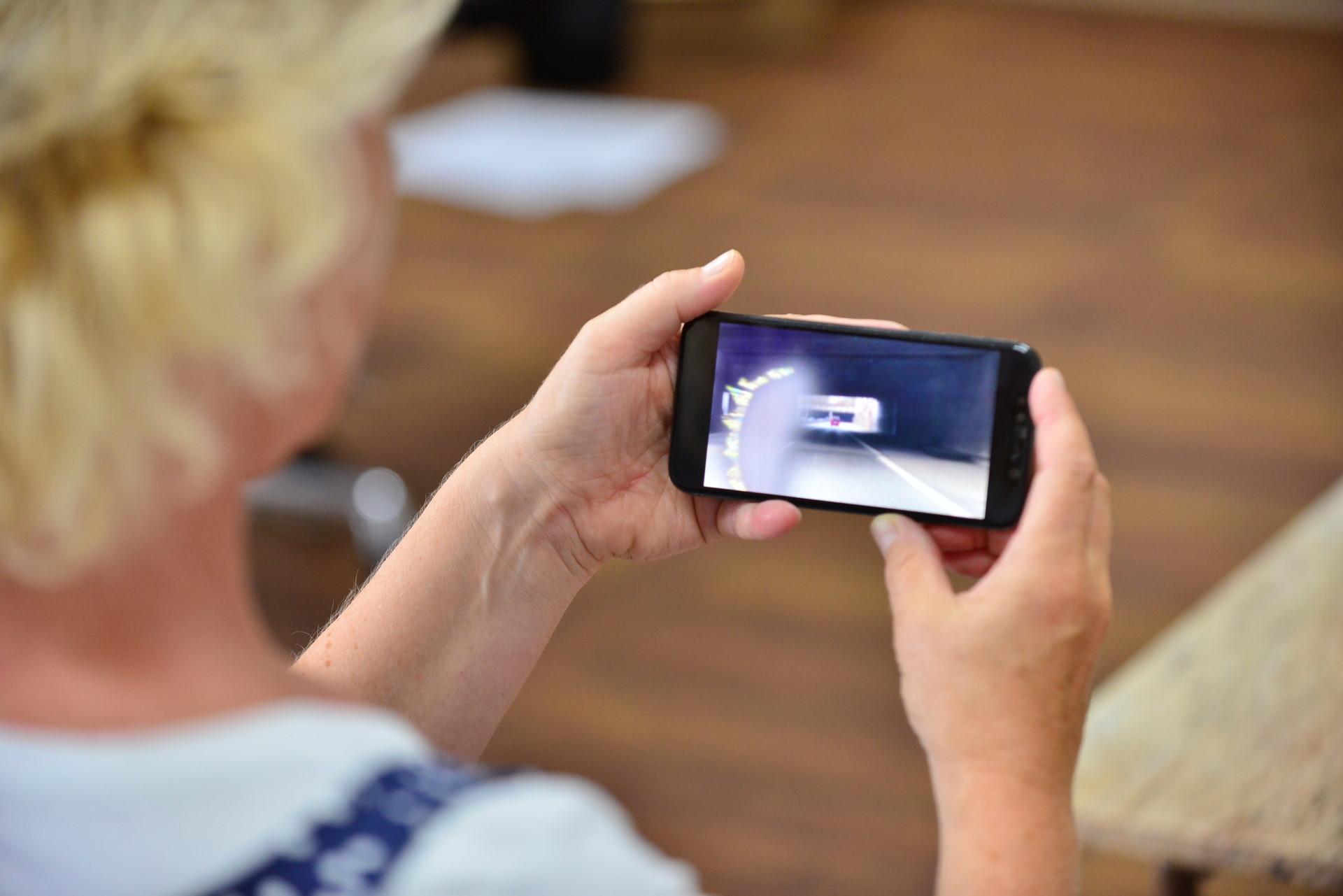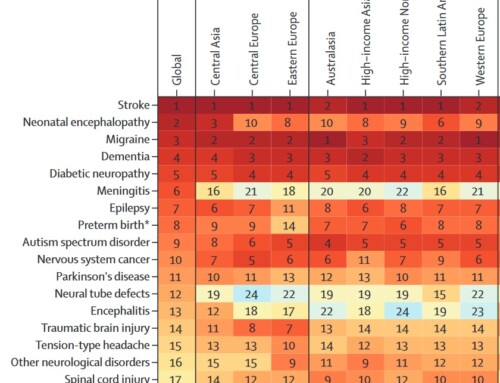Kiel, January 16, 2019. The first scientific analysis of the treatment behavior of migraine and headache patients when receiving digital therapy support with the migraine app was published today in the specialist journal Der Pain This is the first scientific publication on the use of a digital application for migraines and headaches in Germany. The data shows that digital progress and success monitoring for medical therapy decisions is relevant and established in practice. This extensive study provides empirical evidence for the first time that the health behavior of migraine and headache patients is noticeably promoted by an app. In addition, therapy adherence and treatment effectiveness are increased through patient self-observation, knowledge, training and expansion of skills. Digital therapy support is correlated with a significant reduction in headache days and medication intake per month. Complications such as medication overuse headache can be reduced. This has positive effects on quality of life, productivity and also on costs for society as a whole.
background
Tension-type headaches and migraines are the 2nd and 3rd most common human diseases worldwide, behind dental caries. The widespread introduction of smartphones enables the use of specific software applications (“apps”) for digital therapy support. This study aims to examine the use of the “Migraine App” for iOS and Android in the practical care of migraine and headache patients in a large sample.
methodology
An online questionnaire was developed to analyze the use of therapy support. It contains questions about sociodemographic variables, the course of the headache disorder, previous care and the use of the migraine app. The questionnaire determines adherence to therapy, adherence to the treatment plan and the medically agreed therapy rules. The data was collected before using the migraine app compared to the previous paper-and-pencil documentation.
Main results
1,464 users (87.4% women, 12.5% men) took part in the standardized survey. The mean age was 47.19 ± 11.37 years. On average, users suffer from headaches for 27.28 ± 13.6 years. At 76.5%, the majority of users are cared for by their family doctor. 70.9% of users reported that they present the aggregated progress documentation to their doctor during the consultation. 76.4% say that the migraine app helps them adhere to the treatment plan and headache therapy rules drawn up with their doctor. There was a highly significant reduction in the number of headache days per month compared to before the start of use (13.30 ± 7.45) to the current time of the survey (10.03 ± 7.30) as well as a highly significant reduction in the days of taking acute medication ( previously 7.61 ± 5.58 vs. currently 6.78 ± 4.72 days).
Effects of therapy support
In this study, the health behavior of migraine and headache patients receiving digital therapy support was examined for the first time in a large sample. With a median age of around 47 years, digital applications are a topic in midlife. One explanation for this is that it takes several years of suffering before one develops active health behavior. This is also supported by the fact that users have been suffering from headaches for over 27 years on average. Women use the migraine app significantly earlier than men. Here too, the severe suffering and the earlier onset of headaches can be responsible for the difference. This could motivate women to adopt more active health behaviors more often.
Over 76% of migraine and headache patients are cared for by their family doctor. More than half of the patients receive neurological care and over a quarter receive specific pain therapy. Digital medicine has thus arrived particularly in practical primary care, is used for therapy decisions and helps to adhere to individual rules in headache treatment. The data support the results of a pilot study on adolescents [ 20 ] and show that this also applies to middle-aged adults. This is particularly true for documenting the thresholds for the development of medication overuse headache. Digital progress and success monitoring is relevant for medical treatment decisions. The particular advantage of a digital application becomes apparent in the aggregated documentation of the headache progression. Through data aggregation, the progress can be recorded very quickly at a glance and the treatment can be optimized in a targeted manner. The previous tedious counting of processes over several months or even years is no longer necessary.
There is a particularly high need for the absorption of knowledge and information via the digital media library and the knowledge library. The migraine app also opens up the opportunity to get involved in digital self-help groups and exchange ideas. The extensive information tools in the migraine app mean that those affected can acquire up-to-date knowledge. The analysis of headache days per month shows that users are heavily burdened by migraines and headaches, with around 13 headache days per month. This high level of suffering motivates us to achieve improvement. After an average use of the migraine app for around 13 months, there was an average reduction in headache days by around 3.27 days and acute medication days by around one day per month. With an average frequency of taking acute medications on 6.78 days per month, the risk of medication overuse headache can also be reduced. The reduction in headache days is in the range in which medicinal migraine prophylactics can reduce headache days per month on average [ 21 ]. A causality of this reduction cannot be proven with this observational study. However, the results show that when using digital progress and success monitoring, a significant improvement in headache parameters can be observed. At the same time, users see digital therapy support as helpful and useful. When extrapolating the change in headache days per month individually and for all users, with 135,664 users and an average reduction in headache days per month of 3.27 days per user, a reduction in headache days per year per user is calculated by 39.24 days. Extrapolated to all users of the migraine app, the number of headache days per year is reduced by 5,323,455 days. This extrapolation can illustrate the health policy importance of smartphone applications for the treatment of common diseases.
Access to personal data or merging of data is not possible with any of the integrated tools to ensure data protection. Names and address details do not have to be provided in the migraine app, nor is registration required. The Migraine app itself does not transmit any entries made by the user, not even in connection with the device ID. The exception is the sending of evaluations actively initiated by the user. A limitation of the study is that, for data protection reasons, the individual users are not known and a representative sample cannot be drawn. Likewise, positive selection (proportion of women, affinity for digital media) cannot be ruled out. However, this is counteracted by the high number of participants.
This extensive analysis provides empirical evidence that health behavior is noticeably promoted by an app. In addition, therapy adherence is also increased through self-observation, knowledge, training and expansion of patient skills. Digital therapy support is correlated with a significant reduction in headache days and medication intake per month. This has positive effects on quality of life, productivity and also on costs for society as a whole.
Health policy implications
The use of medical apps to support therapy for chronic diseases is developing rapidly. According to estimates, there are up to 90,000 medical-oriented apps that, in addition to a medical purpose, also aim at wellness, fitness or nutritional optimization [ 22 ]. There is little evidence about the actual quality of the apps offered. It is predominantly private individuals or privately organized companies that bring these applications onto the market. Statutory health insurance companies, non-profit organizations and other public institutions play a subordinate role. 22 prepared for the Federal Ministry of Health in 2016 , it is proposed that mHealth-based solutions and health apps with proven effectiveness should be made eligible for reimbursement by statutory or private health insurance in the medium term. In the IGES study [ 23 ], which was carried out on behalf of the Techniker Krankenkasse (TK), a differentiated reimbursement concept is developed through selective contracts and, if necessary, inclusion in standard care.
There are currently no general or legally defined quality rules for apps. The Techniker Krankenkasse [ 23 ] has suggested the following criteria for evaluating medical apps: (a) Is the author or the team of authors scientifically proven in healthcare? (b) What interest does the provider pursue? (c) Who bears the costs of development? (d) Are the data available to the patient alone? (e) Have the effects of the app been evaluated in operation? (f) Does the app increase the quality of treatment? (g) Is patient autonomy strengthened? Hundert et al. [ 15 ] have described specific quality criteria for an ideal headache app. An ideal headache app should then have been developed from clinical and/or scientific headache expertise. An analysis should prove that the data is recorded practicably and reliably. Clinically relevant headache variables should be documented. There should be practical applicability. The app should contain customizable report functions that aggregate variables and evaluate them for analysis. Headache parameters should be able to be exported from the app and forwarded. If these criteria are taken into account, the use of apps can be evaluated using the defined characteristics. However, this does not apply to certification as a Class I medical device, which is based solely on unaudited registration and self-classification.
As part of the nationwide care contract with the Kiel Pain Clinic, TK decided in 2016 to create the migraine app as a “care app” based on clinical and scientific expertise and with the involvement of self-help groups. From the outset, it was important to integrate the migraine app into the existing care within the nationwide headache treatment network of over 450 local outpatient pain therapists. Within this network, the Kiel Pain Clinic has the task of treating particularly serious, complex cases on a multidisciplinary basis.
Today, a patient does not yet have the opportunity to provide their doctor with the data they have collected themselves in a secure, digital way. However, the future electronic patient file of the insured person in accordance with Section 291a SGB V will result in a very useful application in that the documentation in the migraine app will be made directly available to the treating doctor via the electronic patient file with the consent of the insured person. In this way, the doctor can take over therapy monitoring quickly and without additional effort and can influence the course of therapy at an early stage before the next consultation.
Special edition of the print edition:
Download special print here: Pain 2019 · 33:147–155
Springer Nature share link:
Source online:
https://link.springer.com/article/10.1007/s00482-018-0355-x
Source PDF:
Open Access published under the Creative Commons Attribution 4.0 International License ( http://creativecommons.org/licenses/by/4.0/deed.de Format permitted, as long as you give proper credit to the original author(s) and source, include a link to the Creative Commons license, and indicate if changes were made.












Leave a comment